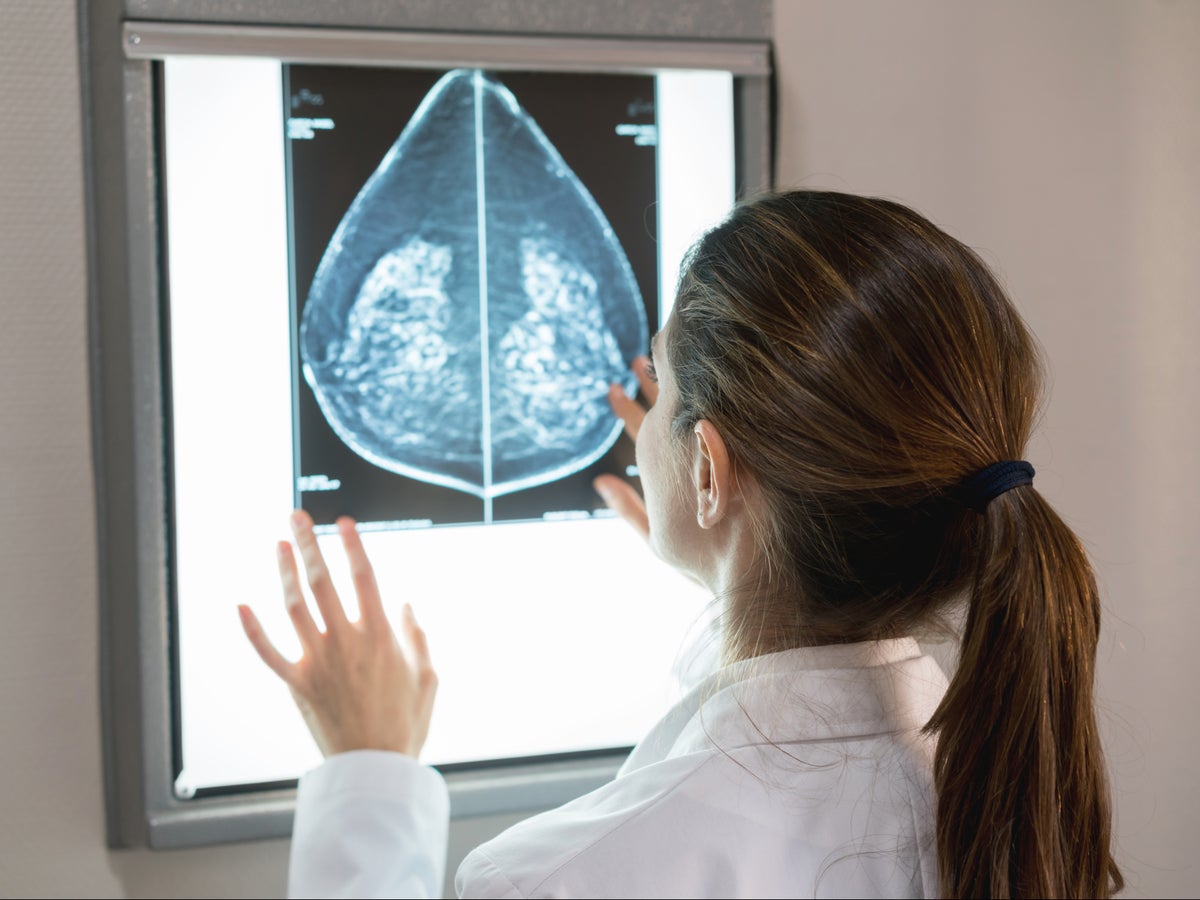
Dense breast tissue poses up to four times higher risk of developing breast cancer. However, a new study has shown that many women are unaware of the risks of breast density.
Dense breasts refers to breasts that are composed of more fibrous and glandular tissue compared to fatty tissue, and can be detected while undergoing a mammogram.
The study, which was published in Jama Network Open on 23 January, surveyed 1,858 women ages 40 to 76 years from 2019 to 2020 who had recently undergone mammography, had no history of breast cancer, and had heard of breast density.
It assessed women’s understanding of breast density as a significant breast cancer risk compared to other well known risk factors, such as having a relative with breast cancer, being overweight or obese, drinking more than one alcoholic beverage per day, never having children, and having a prior breast biopsy.
Despite breast density being associated with a 1.2 to four times higher risk of developing breast cancer, according to the study, few women perceived breast density to be a strong personal risk factor. Instead, 93 per cent of women saw family history as posing the greatest risk, followed by 65 per cent of women who said that being overweight or obese was a greater risk than breast density.
Of the 61 women who were interviewed, only six of them described breast density as contributing to breast cancer risk. Although, most women did correctly note that breast density could make mammograms harder to read.
When asked about what they could take to reduce their breast cancer risk, roughly one-third of women said that they weren’t sure if it was possible to reduce their breast cancer risk, or they were unaware of what actions they could take.
However, there are many actions people can take to reduce their risk of developing breast cancer. A breast screening, also known as a mammogram, is an x-ray picture of the breast used to check for breast cancer in women. A mammogram can detect otherwise invisible signs or symptoms of breast cancer that cannot be felt, or can check for breast cancer after a lump or other signs of breast cancer has been detected.
The American Cancer Society recommends women between the ages 45 to 54 should get a mammogram every year. Women between 40 and 44 also have the option to start early screening, and those who are 55 and older can switch to a mammogram every other year if they choose to do so.
Nearly half of all women who are 40 and older who get mammograms are found to have dense breasts, per the National Cancer Institute. Breast density is often inherited, but it can also be found in women who are younger, are taking hormone replacement therapy, or have a lower body weight.
While breast density can make it more difficult to interpret a mammogram, a newer type of mammogram called digital breast tomosynthesis – or 3D mammography – has recently appeared to be more helpful in women with dense breasts.
Other studies have shown that imaging tests like an ultrasound or a magnetic resonance imaging (MRI) can help find some breast cancers that can’t be seen on mammograms. Experts have not yet firmly suggested women with dense breasts should receive additional screening, according to the Recommendation Statement on Breast Cancer Screening by the US Preventive Services Task Force.
People who have dense breasts should talk to their health care provider about personal risks of developing breast cancer.







